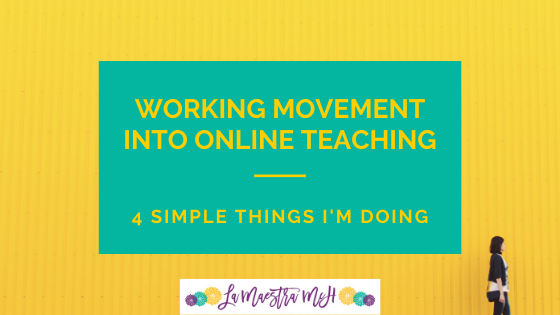Why Clock Partners Suck and What I Do Instead
Clock partners are the worst. There, I said it. Please note: if YOU use clock partners, I don’t think you are the worst (you’re probably awesome) I think the practice is impractical and chaos-inducing. Why? Let me set the scene:
Me: Ok everyone, get with your 1:00 partner.
*students start moving*
Timmy: Mrs. McH. my partner’s gone.
Bobby: I’LL BE PARTNERS WITH TIMMY!
Timmy: Yay!
Me: No, Bobby, you can’t…
Susie: Now I don’t have a partner! Bobby was my partner. Jane, be my partner!
Paul: Well then I’m going to be partners with John if we get to pick.
Me: No
*students are now moving with their friends leaving others without a partner*
Me: EVERYONE FREEZE!
Or how about these headaches:
-track meet day (or any day in the spring!) and 7 people are gone so clock partners are useless
-1 week into the year, 5 kids have switched blocks/periods/classes messing up the system so you have to start over
-3 months in a new student comes and has no partners
-4 kids lost their sheets and the system begins to break down
I attempted clock partners my first year of teaching and it was a nightmare. It created chaos and small headaches I didn’t need, and didn’t have the time or energy to deal with. Why suffer clock partners when there are SO MANY better ways? Today I’m going to tell you about my favorite clock partner alternative.
Instead of clock partners, I use index cards
Yep, my saving grace was index cards. (A traumatic splinter incident during student teaching turned me off of popsicle sticks forever.) Each semester I have students make an index card with their name, block number, and class.
Here are 5 ways I use index cards to group students.
1. Random Draw
The easiest is to shuffle the cards while explaining activity instructions (students can see me shuffling) and then I read through the cards pairing students together. It takes a few seconds and students know it’s random because they saw me shuffling. If you need to fudge the partners, (e.g. Bobby and Timmy should NOT be together) you can lie as long as you make sure you get all the students paired. I’ve also flat out said, “Oh that’s not happening”. Students always want to know who the pair was (sometimes I tell them, sometimes I don’t depending on my relationship with the class as a whole and the involved students).
2. Students Randomly Pick Their Partners
While explaining instructions, I’ll walk with the cards fanned out. I draw the card that is furthest left, walk to that student and they pick a card (or 2 if you want groups of 3) at random. That is their partner. I then choose the card furthest to the left of the fan, walk to that student, they pick a card at random, continue until your groups are made! It’s random and total luck of the draw.
3. Random Face-Down Grouping
I shuffle the cards then lay face down how many groups I need. So if I have a class of 15 and need groups of 3, I’ll lay 5 cards face down. I then lay 5 more cards down in a random order, and finally the last 5 to make random groups that no one knows (including me) until I pick them up and read them. (You can also do this method face up while students are working on something else)
Teaching Stem-Changing Verbs? Grab my free story with extension ideas, google slides version, & printable version.
get My Free stem-changing Verb story!
“Joaquín quiere mascota” comes with three version for easy differentiation plus printable and digital (Google Slide) versions.
4. Shift Blame Responsibility to The Students
Sometimes I’ll have students choose cards at random to create groups. The cards have nothing to do with the student who picks them (unless they draw their own name). I’ll walk down a row and have each student pick two cards, then read the pair and those two people are a group. I’ve also had students randomly choose cards to determine who comes up to the board to write answers when we’re practicing something.
5. Visualizing Group Projects (or anything)
I love my cards when I need to create groups ahead of time for speaking assessments or stations or reading groups. The cards are easy to group and rearrange. I don’t know about you, but I need a visual representation when creating groups if my students aren’t present.
Another Benefit: Cards Get All Students Involved
- Index cards are also great to make sure you call on ALL students during a class or to ensure that you are avoiding any bias when calling on students (only calling on girls for example).
- When students realize you use the cards to call on students for answers, the ones that always HAVE to answer, calm down because they know they’ll get a turn.
- The students who NEVER volunteer an answer know they will need to answer at some point.
- The shy students know they’ll get called on but so will everyone else so they won’t stick out.
- Students learn not to blurt out answers once they realize the system
- Again, you can always fudge this a bit. If I know a struggling student has the right answer for #4, when it’s time for #4, you better believe I’m going to call on that student. No one will be the wiser that the card was different.
Try out one (or all!) of the strategies above and let me know what you think! You can email me at lisa@lamaestramch.com or find me on Twitter or Instagram. I’d love to hear how it goes!



